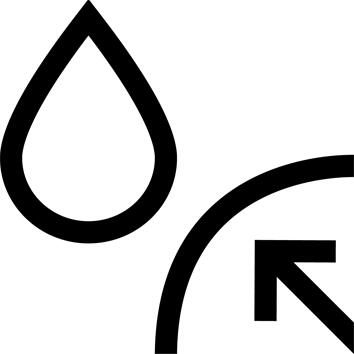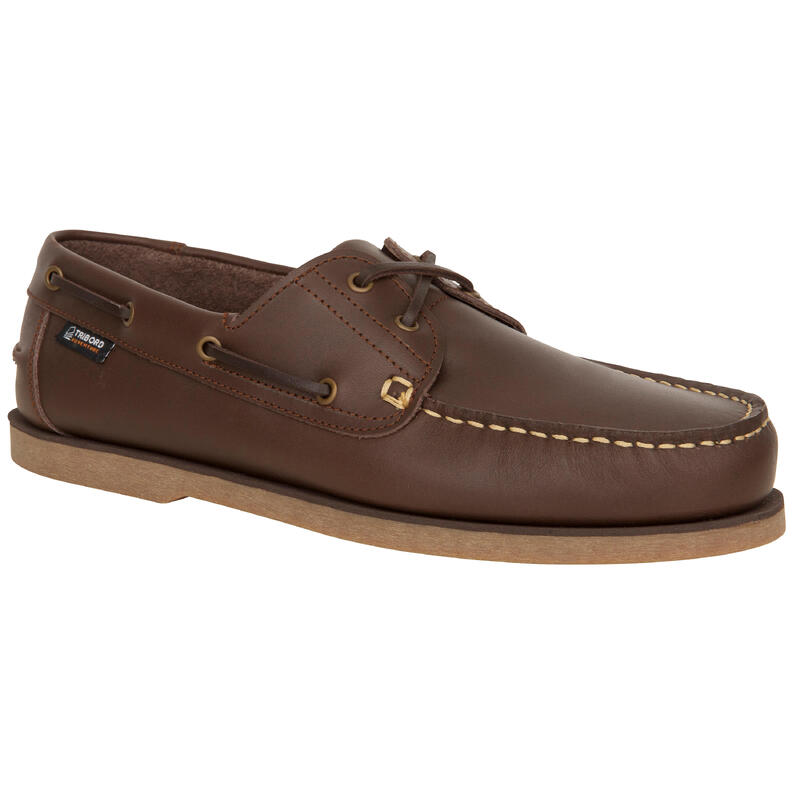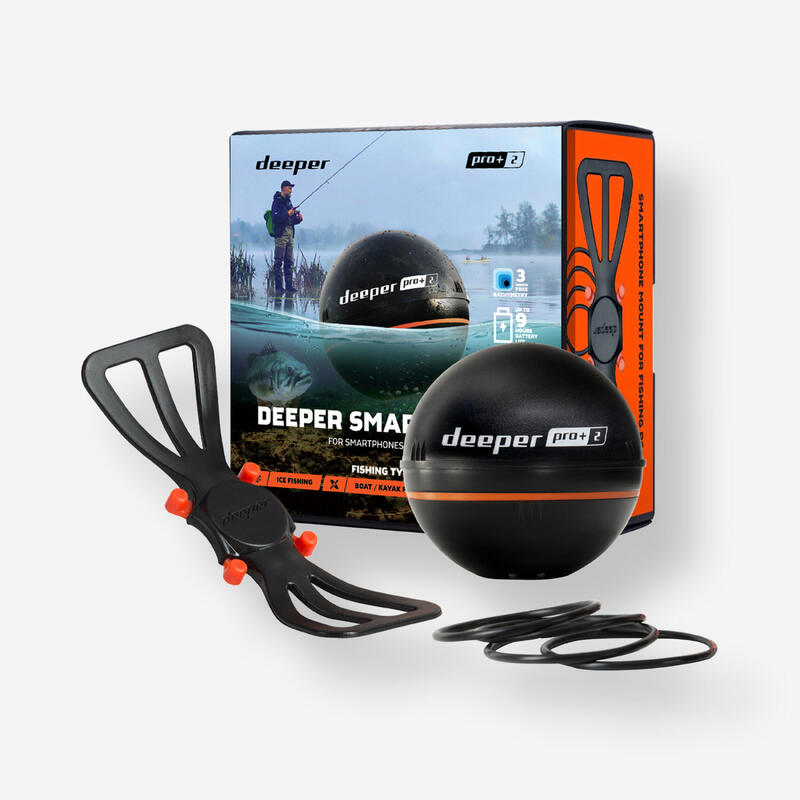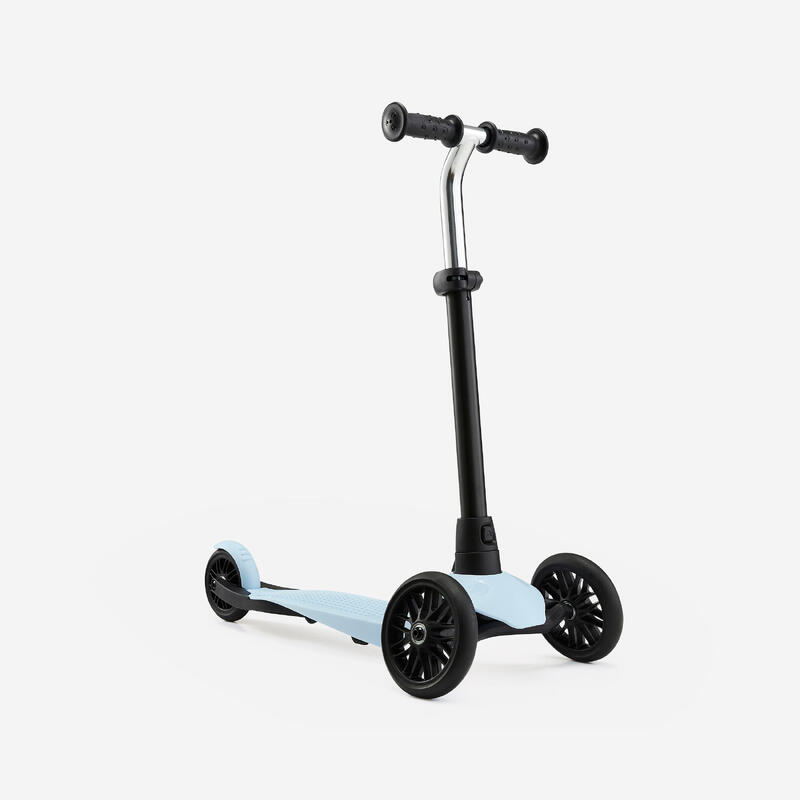The uniqueness of the 300 women's jacket
Compared to our sailing 100 jacket, the 300 jacket:
- has a more waterproof (15,000 Schmerbers) and stretchable component
- velcro wrist tightening
- a hood that stows in the collar and adjusts in depth
- an additional outside chest pocket
Details below.
Component technical data
- Laminated fabric. Waterproof fabric:15,000 Schmerbers
- Water-repellent fabric (water runs off the fabric)
- 100% taped seams to prevent water from passing through the seams.
Collar and hood
The hood is stored in the collar. The collar is then closed with plastic snaps to prevent oxidation caused by salt.
The hood is adjustable in height and depth: adjustment at the back of the hood and at the neckline.
The collar goes up to the chin, effectively protecting the lower face. Collar height (back) 9 cm
Sleeve ends
The end of the sleeve is adjustable with a Velcro fastening. It allows you to adjust the sleeve to the length of your arm, but also to limit the entry of air and water.
To unfasten the jacket more easily, open the Velcro fastening.
Front zipper
Full-length zip with inner gutter (under flap) to protect from wind and water.
Soft fabric flap at top of collar to protect chin.
Pockets
2 pockets on the front of the jacket, to hold VHF, radio, hat... Injected plastic zipper to prevent salt oxidation
1 outside pocket on left chest for phone or other items, closed by zip
1 inside pocket on right chest, closed by Velcro
ATTENTION: pockets are not waterproof.
Waterproofing - the 300% jacket component
A fabric's resistance to water pressure is measured in mm water column (JIS standard). The higher the pressure, the more waterproof the fabric.
Here are the waterproof values:
Component resistant to a water pressure of 5,000mm after aging (5 washes). This is equivalent to 15,000 Schmerber (JIS standard) - the average pressure exerted by water during a downpour.
The jacket's water resistance was tested under a rainfall of 60 liters of water/m²/hour for 2 hours.
Component breathability
Pour savoir si un tissu est respirant, on mesure sa résistance évaporative RET (norme ISO 11092). Plus la résistance est faible, plus le tissu laisse s’échapper la vapeur d'eau et donc plus le tissu est respirant.
On considère que si :
RET < 9 = tissu très respirant
9 < RET < 12 = tissu respirant.
Le RET de la veste Sailing 300 est de 12.
Water-repellent information
A fabric's water repellency is its ability to let water slide off its surface without absorbing it.
This means your jacket won't become waterlogged, remaining light and breathable. Water repellency is achieved by a treatment applied to the outer face of the fabric, but in use these properties can be altered.
Water repellency can be reactivated by tumbling the jacket for 10 minutes at low temperature.
How do I wash my jacket?
To preserve water-repellency, we advise you to limit washing.
Close all zips and flaps, empty pockets and tuck hood into collar. You can wash it on a synthetic program at 30°or 40°C with your usual detergent. Do not use fabric softener, as it may damage the garment's original performance. Very important: rinse thoroughly or double rinse.
How do you reactivate the water repellency of your jacket?
Drying is essential to reactivate the water-repellent treatment.
We recommend that you let your jacket dry completely in the open air, flat on a drying rack. Never dry your jacket directly on a radiator.
Then tumble dry on the synthetic program for a short time (10 to 15 minutes) before putting it back on. Be careful not to over-dry the garment.







